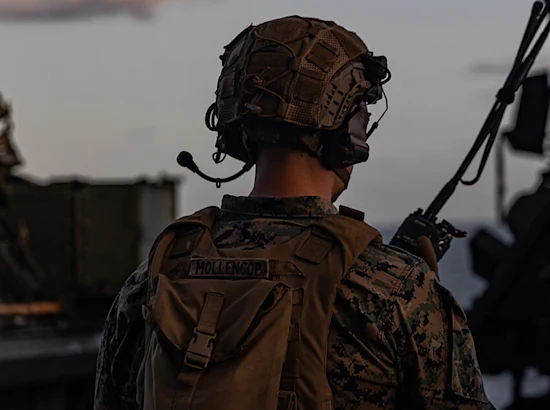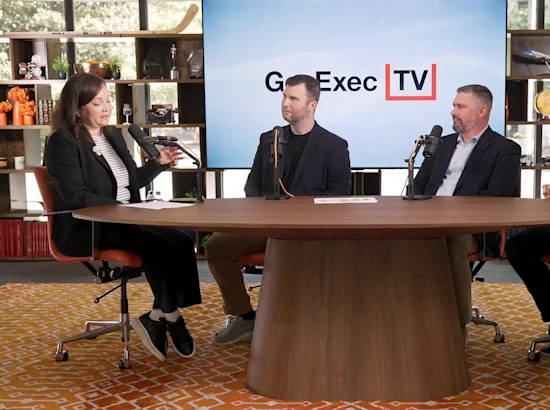American national security is intrinsically linked to the ability to effectively partner with our allies. Traditionally, Mission Partner Environments (MPEs) have allowed the military and its trusted partners to communicate, collaborate and to share sensitive, classified information securely and in real-time. Today’s MPEs are evolving rapidly and incorporating innovative technologies that further enhance coordination and cooperation, including at the tactical edge.
GDIT recently convened a panel of experts to talk about this important and exiting evolution of MPEs. Lakshmi Narayan-Ashok, our Vice President of Technology, interviewed Eric Tapp, GDIT’s Mission Partner Environment Lead; Jason Devine, our Cloud Solutions Senior Director; and Brandon Bean, who is our Technology Vice President, AI/ML & Data Management.
“We need the modern MPE to be dynamic, to evolve as the mission evolves, to change as the mission partner set changes, and we need it to be usable across multiple mission sets and multiple fields,” Eric Tapp said. “Most importantly we need to evolve MPEs to the point where warfighters can take the data that they are generating and essentially weaponize it to enhance their ability to make decisions faster.”
Jason Devine agreed, noting that cloud capabilities enable MPEs and allow warfighters to respond to specific demand signals and to bring desirable capabilities and solutions to MPEs more quickly. “This allows us to build solutions that get to authorization to operate (ATO) more quickly and deliver those solutions on a repeatable basis,” he said.
On the AI front, Brandon Bean talked about AI’s potential to break down mission barriers. “From flattening the network to working in D-DIL environments, one of the major benefits of AI is to shift-left the decision space. We’re able to do more with more information in a shorter amount of time,” he said. This, he continued, is important because AI assists warfighters in an MPE with faster data sharing and limits the human interaction to enable data-sharing as well as extended data that goes out to mission partners quickly and efficiently.
“It’s an exciting time to be a part of the mission partner interoperability space,” Tapp concluded, noting how important it is to help warfighters sense and make sense of information from the enterprise to the edge while also overlaying enhanced operational capabilities that enable them to make better decisions faster.




